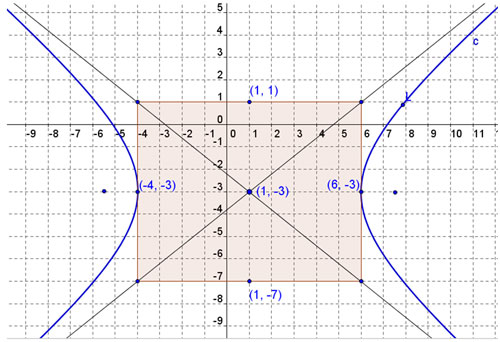The following link will launch a video in a new window/tab, which will show how to graph a hyperbola. When you are finished watching the video, close the window/tab to return to this lesson.
![]() Graphing the Equation of a Hyperbola
Graphing the Equation of a Hyperbola
The steps to graphing a hyperbola are a little different from graphing a circle or an ellipse:
Using this equation of a hyperbola as our example, follow the steps:
x minus one squared over 25 (x − 1)2 25 − y plus three squared over sixteen (y + 3)2 16 = 1
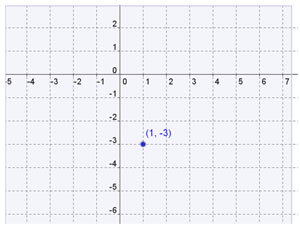
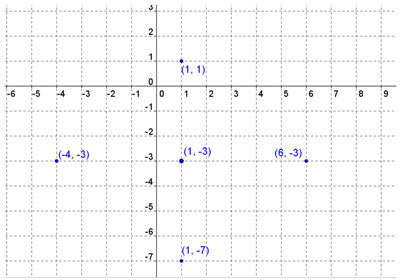
Sketch a rectangle, including each of the previously plotted points at the centers of each of the sides of the rectangle.
Vertices of the rectangle will be the intersections of the vertical and horizontal lines through the plotted points.
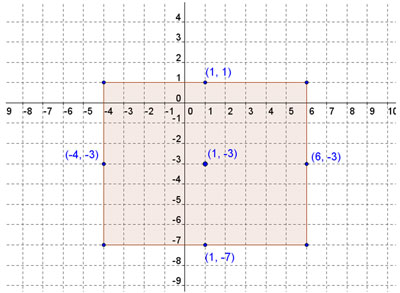
Draw in the asymptotes through the diagonals of the rectangle.
What are the slopes of the asymptotes?
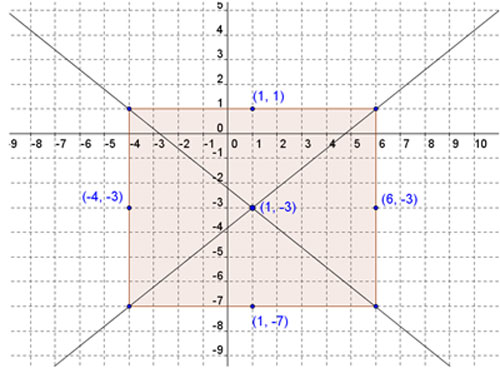
The points on the rectangle through the major axis are the vertices of the curves of the hyperbola. (in this case, (-4, -3) and (6, -3). Sketch the curves from the vertices and approaching the asymptotes.
